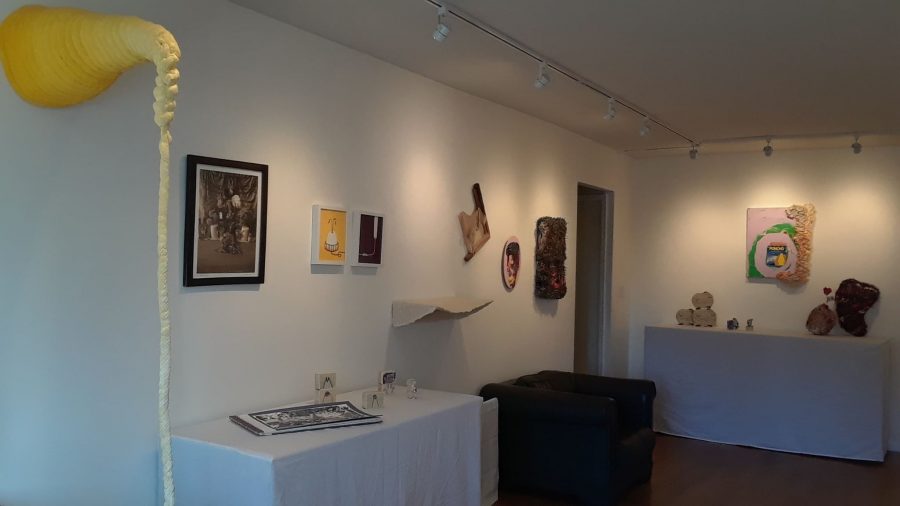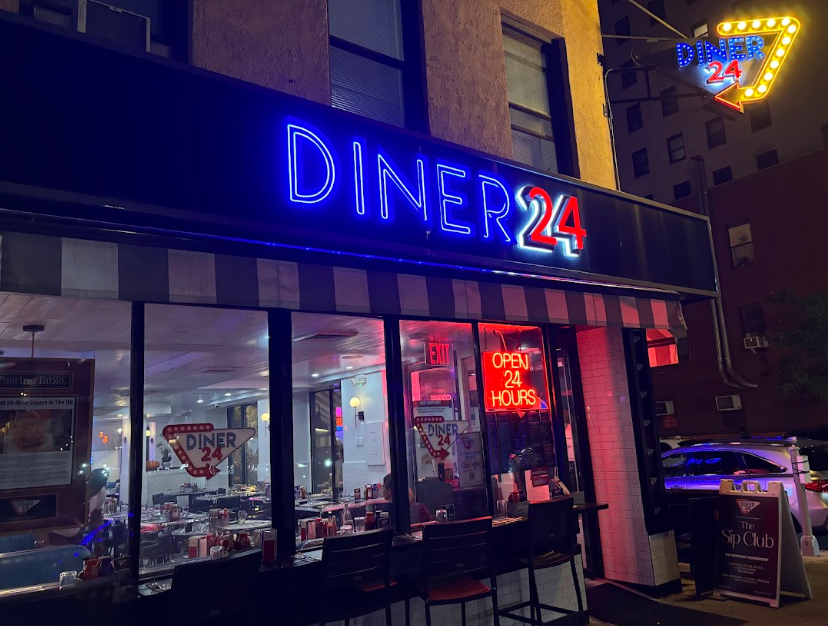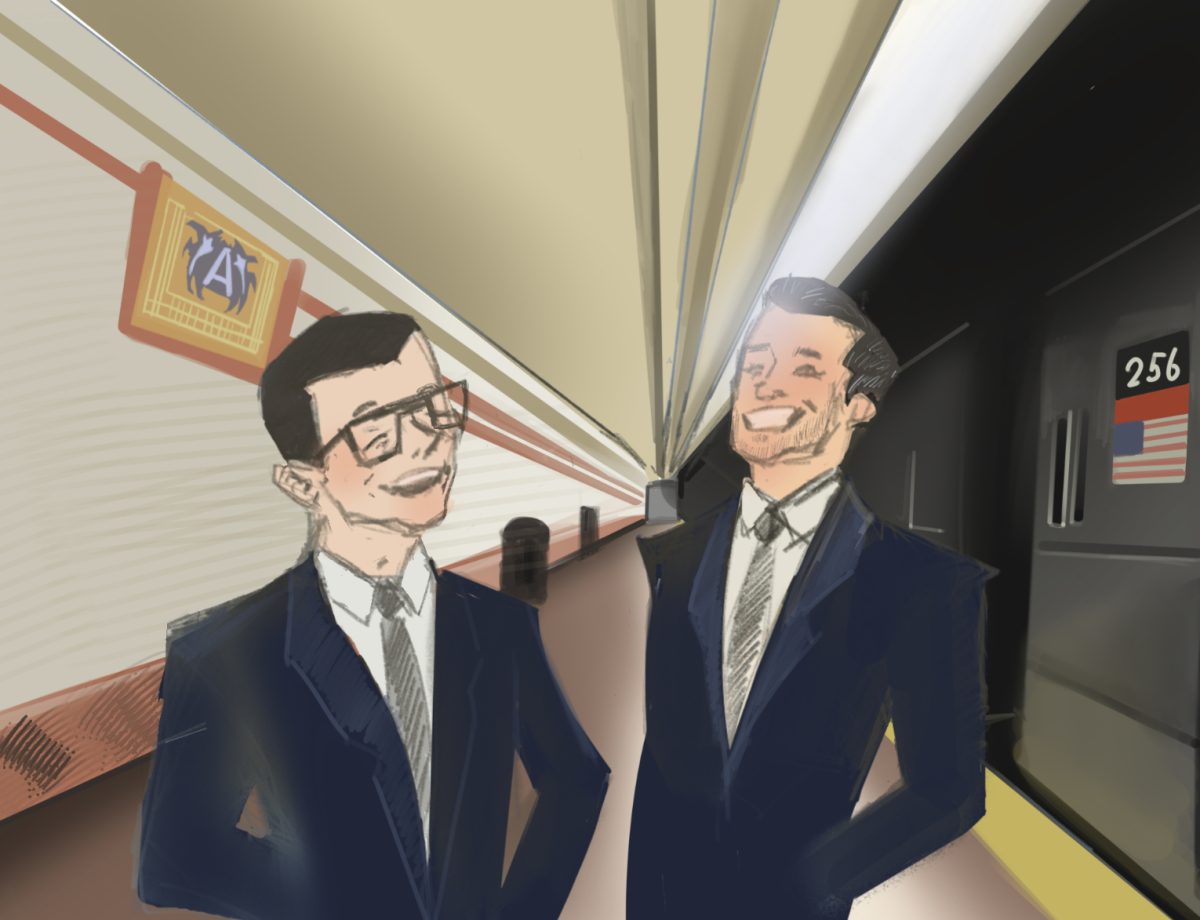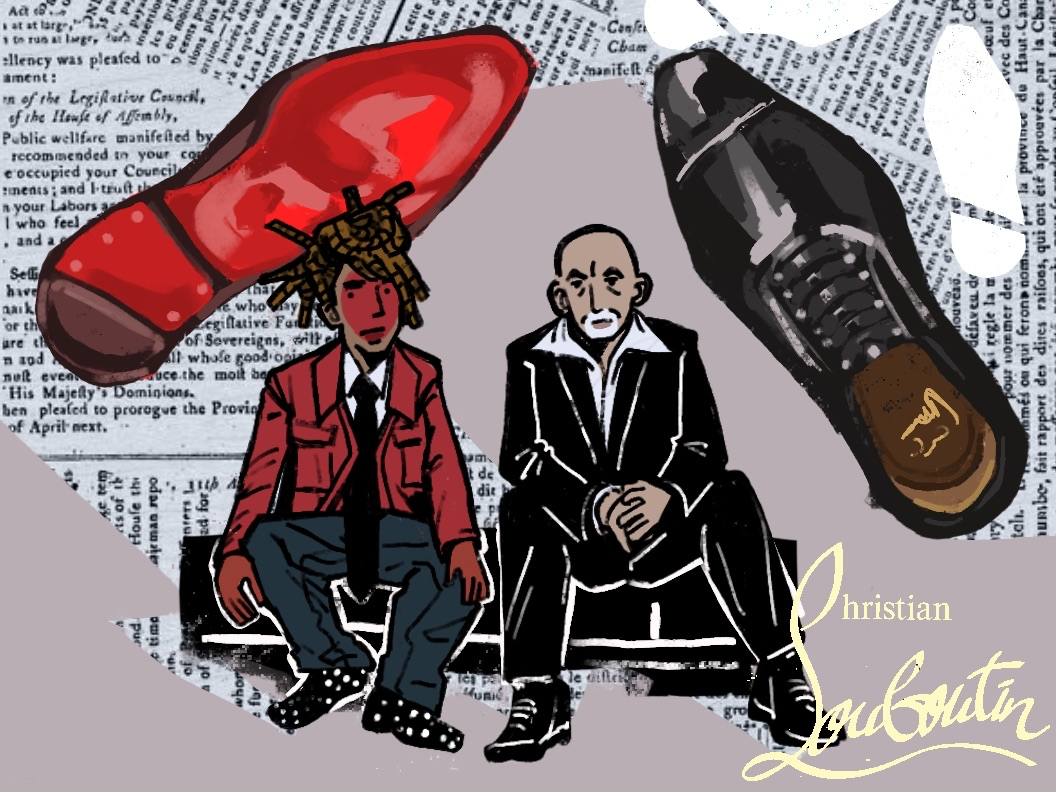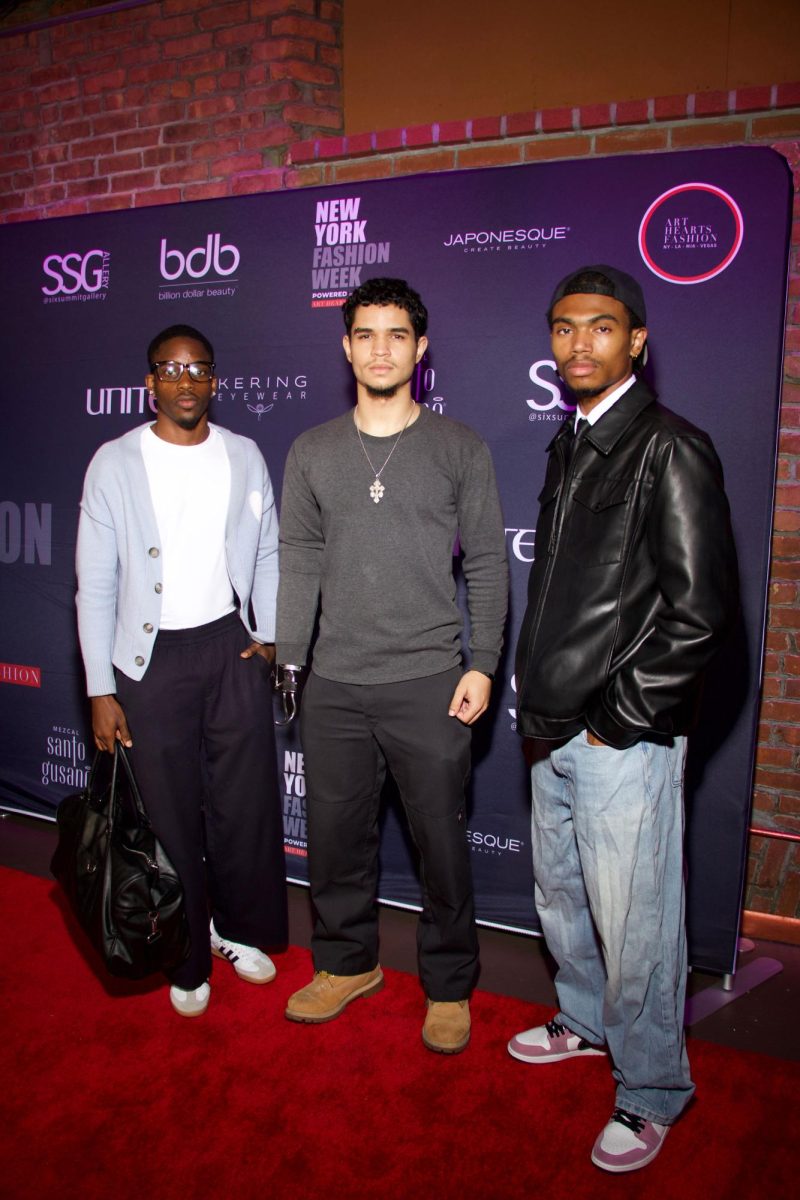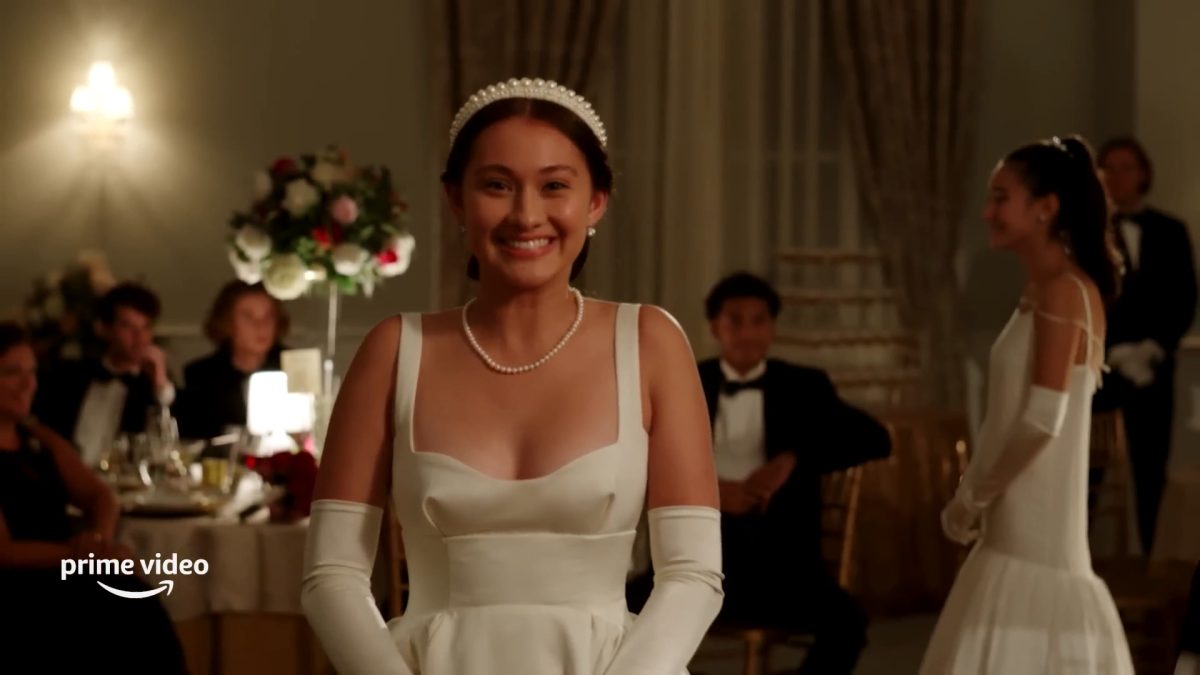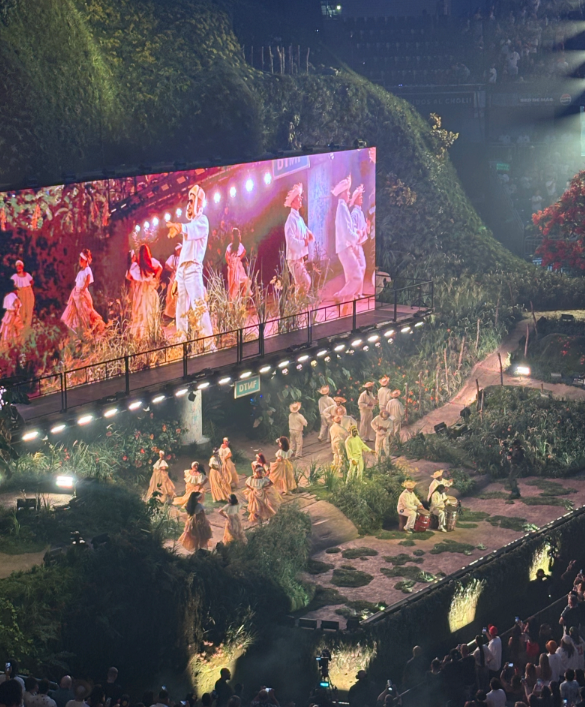With an estimated 1,500 galleries and over 50,000 artists in New York City, there hardly would be enough wall space for just 41 artists that, in a perfect world, each gallery would represent. The industry favors an elite few artists, leaving the rest who are not among the 1 percent struggling to find alternative ways to showcase their art.
However, there’s another, less bureaucratic way to show art as an emerging artist: in an apartment art gallery.
Art in nontraditional spaces is nothing new. The groundbreaking first impressionist exhibition that began on April 15, 1874, was held not in an art gallery, but in the former studio of the French photographer Nadar.
Today, the constant reminder of how hard it is to make it as an artist has launched a plethora of art-oriented nonprofits that strive to help artists get their art on walls — any wall they can find.
Chashama, a nonprofit founded in 1995, works with property owners who have space to spare in order to offer artists spaces to create and present.
No Longer Empty, another nonprofit founded in 2009, also puts on exhibitions in unlikely spaces, including a controversial exhibition in 2015 in an abandoned Bronx courthouse that elicited outrage from local residents.
Hosting an artist’s gallery in a private apartment, however, serves several purposes. It helps build community; it’s an excuse to throw a house viewing party; it helps young artists get their works on walls so they can sell them; and the host receives gallery-quality works from rising stars on their walls for the duration of the exhibition.
There is a certain level of exclusivity that comes with apartment art galleries. They’re not traditional businesses, so they can’t be found on the map. Knowing someone who knows someone, as cliché as that sounds, is the best way to find out about these types of openings.
Luckily, there is one stellar apartment art gallery a few blocks away from Baruch College. The East Village Art View, founded under a year ago by artist Julia Justo, puts on gallery-quality exhibitions every other month.
Justo started her living room gallery when she noticed that rising rents were shuttering smaller galleries, leaving many artists and curators with increasingly fewer avenues for exhibition.
In line with Justo’s social justice-themed art practice and inspiration from Yoko Ono, who invited multidisciplinary artists into her home for collaboration, Justo decided to turn her living room into a community space for artists to show their work.
Her space is unlike a traditional gallery in its business model — it’s a collaborative space that doesn’t have submission fees or take a percentage of sales on artworks. Openings are semi-potluck style, with artists contributing food and drink.
On view until Feb. 28 is an exhibition titled The Mode RN, featuring about a dozen emerging and established artists. Works range from playful ones, such as an oversized yellow and white textile sculpture reminiscent of two cans on a string by Ana Ratner, to more grotesque sculptures by Jordan Segal featuring hundreds of nails hammered into a mottled textural landscape.
These works are responses by participating artists to “the chaotic world in which they continue to come of age,” a statement about the exhibit on the event’s website, Carpe Diem!, said. Equal parts innocent and anxious, the exhibition brings together the best and worst afflictions of life in the modern age.
Several works from this exhibition are finding their way into new homes, something that Justo thinks is important for the artists, not just monetarily, but for their own validation as well. Instead of having their works sitting in their studio, she says, they will live on in someone’s home, available for viewing and appreciation.
Individuals do take on risk by creating at-home exhibitions. It’s hard to get apartment exhibitions funded, and reflecting costs onto artists is not an ideal way to establish the apartments as artist-friendly spaces.
Right now, Justo is searching for grants to ensure the sustainability and growth of her exhibitions. While it’s not so costly to run an exhibition, promotional expenses can quickly add up. In the future, Justo hopes to have artist talks and workshops in her space.
But until then, she’s going to keep creating exhibitions by artists, for artists. She is currently calling for works that would be featured in Art is Money — Money is Art, a traveling exhibition composed of art on $1 bills. Entry is, as usual, free — besides the money artists plan on using in their work — with submissions due March 19. The exhibition opens April 26, from 6 p.m. to 8 p.m.


